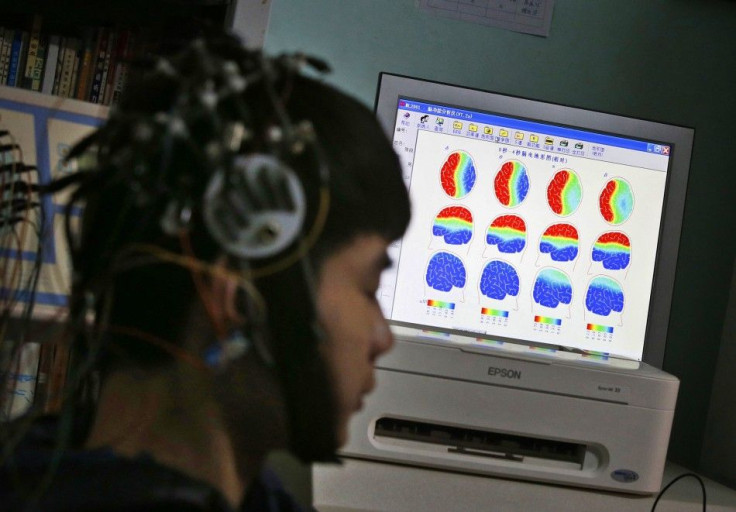Teen Who Take Risks Have Differences in Their Brain, Study
Most Teenage Deaths Happen Due to Risk Taking Behaviours of Teenagers

The Centre for Disease Control revealed that most of the adolescent deaths happen due to unintentional injuries. Apart from cancer and heart diseases which are the major causes of death in America, risky decisions that teenagers most often take result in injuries and death. New research from the Center for BrainHealth at The University of Texas at Dallas observed the brain patterns of risk taking teens and found that that in such teens, certain brain regions are amplified. The study was conducted by Francesca Filbey, Ph.D., director of Cognitive Neuroscience Research of Addictive Behaviours at the Center for BrainHealth.
Sam Dewitt, lead author of the study, said, "Our brains have an emotional-regulation network that exists to govern emotions and influence decision-making. Antisocial or risk-seeking behaviour may be associated with an imbalance in this network."
The study was published in Psychiatry Research: Neuroimaging. For the research, 36 adolescents aged between 12 and 17 were analysed. Among them, 18 risk-taking teens were age- and sex-matched to a group of 18 non-risk-taking teens. MRI scans were done on the participants who indulged in risk-taking behaviours such as drug and alcohol use, sexual promiscuity and physical violence. They found that there was lower communication between brain regions associated with the emotional-regulation network compared to the non-risk taking group.
Sina Aslan, president of Advance MRI and adjunct assistant professor at the Center for BrainHealth at The University of Texas at Dallas, said that most fMRI scans used to be done in conjunction with a particular visual task. In the past few years, it was observed that fMRI scans done when in a "mind-wandering" state is just as valuable. "In this case, brain regions associated with emotion and reward centres show increased connection even when they are not explicitly engaged," Sina said.
The study showed a strong connection between the emotional reactivity centres of the brain and the specific areas of the prefrontal cortex associated with emotion regulation and critical-thinking skills. Risk-taking teens also had increased activity between regions of the prefrontal cortex and the nucleus accumbens, a centre for reward sensitivity that is often implicated in addiction research.
Dewitt explained that their findings help identify potential brain biomarkers, "when taken into context with behavioural differences, may help identify which adolescents are at risk for dangerous and pathological behaviours in the future."
The team hopes that these findings will provide a way to develop effective cognitive strategies to help these sorts of adolescents to avoid indulging in risk-taking behaviours.




















